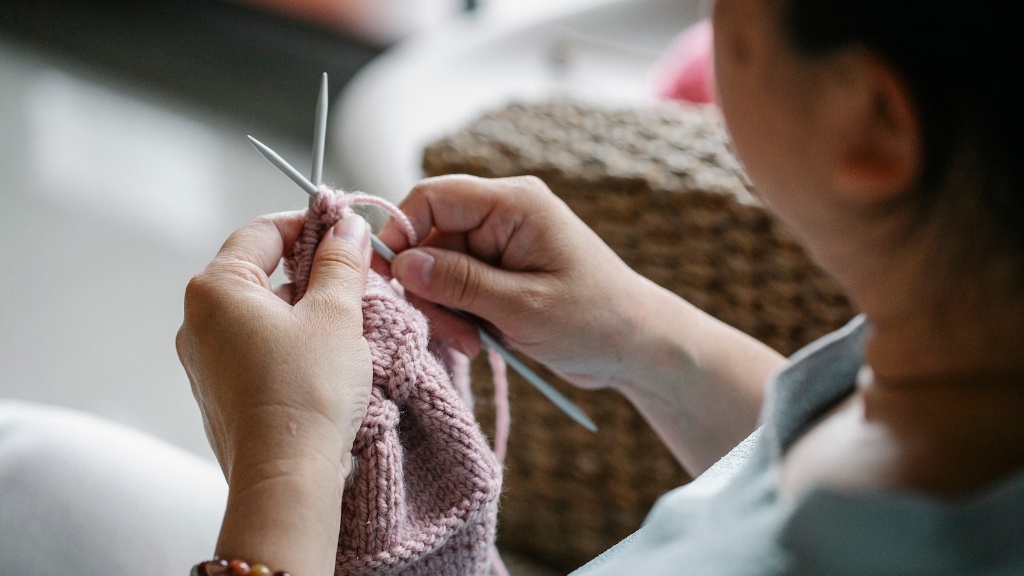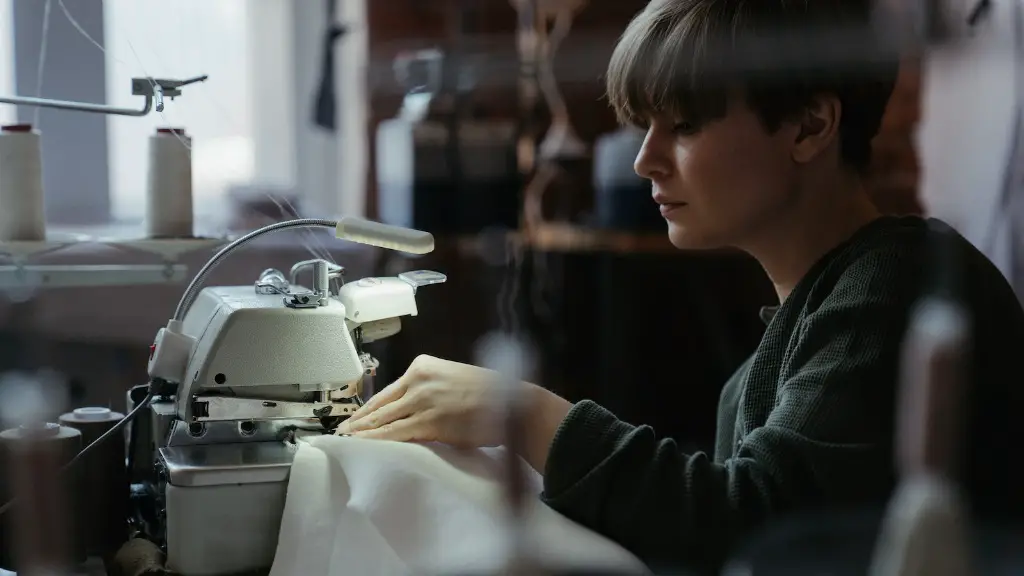Sewing machines are a popular and diverse tool for creating a variety of fabrics for fabric-based projects. The sewing machine tension is a crucial setting and needs to be correctly adjusted to ensure even and consistent stitches,
Adjusting the tension on a Singer sewing machine is a straightforward process that requires only a few alternate tools and requires basic manual dexterity. If a sewing project isn’t turning out quite the way you’d like, it may be time to adjust the tension!
1. Diagnose
The tension is automatically set when purchasing a new Singer sewing machine, but it will eventually need to be reset. To determine whether a reset needs to be done, compare the back of the fabric stitches with more visible outside. If they are not the same, it is time to reset the tension settings.
Additionally, if the thread gets caught or jammed in the machine, this is usually a sign that the tension settings are incorrect. The thread should flow easily through the machine when using the correct settings. It is also important to consider the type of fabric being sewn, as different fabrics can require different settings.
2. Preparing the Machine
Before making any adjustments, it is important to prepare the sewing machine for the adjustment process. To begin, ensure that the machine is unplugged and the power off. Clean any visible thread from the path and bobbin areas. Then, open the bobbin cover and remove the bobbin case and thread.
3. Adjusting the Tension
Once the machine is prepared and the settings have been determined, the actual tension settings can be adjusted. To do this, first locate the tension control dial. This typically has numbers ranging from 0 to 9 and is found along the top of the machine. Set the dial to the recommended settings as determined prior.
Once that is complete, take the thread ends and locate the tension discs, which are typically located on either side of the needle. With the thread end, manually rotate the tension disc in opposite directions to the left or right about one or two clicks. This should adjust the tension setting. It is important to remember that if two threads are used, the tension settings should be adjusted for both windings.
4. Test the Machine
To finish up, it is important to test the tension settings before using it for a real project. To do this, insert a new bobbin into the machine and manually wind the thread around the bobbin carrier a few times. This should allow for a few trial stitches to be taken and should provide a good indication of the tension settings.
Once the stitches appear to be even on the outside, the adjustment was successful. If the stitches are not even, it is recommended to adjust the tension settings one click at a time until the desired settings are achieved. It is important to remember that the tension setting will need to be adjusted from time to time, especially when using different fabrics.
5. Check the Thread Path
Once the tension settings are successfully adjusted, it is important to check for any possible obstructions along the thread path. This includes checking the thread eyelets and needle eyelet in case any lint or dirt has built up over time. If there are any obstructions, they must be removed before continuing.
6. Reattach the Bobbin
After the thread path is cleared, reattach the bobbin case and secure the adhesive threads. If a jam has occurred, it is important to check the bobbin case to make sure the thread is wound correctly. Finally, replace the bobbin cover and the machine is ready for use.
7. Regular Maintenance
It is important to regularly check and maintain the sewing machine for optimal performance. This includes regular cleaning of the thread path and tension discs to ensure that there are no obstructions or damage to the machine. Additionally, it is important to check the tension settings periodically to make sure it is correct for the fabrics being used.
8. Occasional Adjustment
As mentioned, the tension settings will need to be adjusted from time to time. This is especially true when different types of fabrics are being used. If a project is not turning out as expected, then a tension adjustment may be necessary. It is important to remember to follow the same steps described earlier when adjusting the tension.
9. Professional Assistance
If any problems persist, it is always a good idea to take the sewing machine to a qualified technician. This is especially true if any parts of the machine have become damaged or if there appears to be any major malfunction with the machine. Taking the machine to a professional is always the best option to ensure the machine is safe and in proper working condition.
10. Stitch Quality
The quality of the stitches is an important factor in any project. With correct tension settings, stitch quality will be greatly improved. So, it is important to take the time to regularly adjust and check the tension settings to ensure the best results and enjoy sewing with confidence.
Spool Tension
The spool tension is also a crucial setting that needs to be checked and adjusted when necessary. To adjust the spool tension, locate the spool spring, which is located at the top of the sewing machine. Use a flat object such as a coin to loosen or tighten the spool spring until the desired tension settings are achieved.
Tension Troubleshooting
When adjusting the tension, it is important to remember that if the settings are too tight, it can lead to a jam and cause the thread to be too loose. If the settings are too loose, the stitches may not be good or even. When troubleshooting tension problems, it is important to pay attention to the thread and fabric being used, as different fabrics may require different settings.
Cleaning the Tension Discs
Regular cleaning of the tension discs will help keep them in proper working order. The tension discs should be clean and free of lint or dirt, as any obstructions can affect the tension settings. It is recommended to use a small brush or canned air to clean the tension discs.
Using the Right Thread
When selecting thread for a project, it is equally important to choose the right thread. Different fabrics will require a different thread weight, which is the thickness of the thread. A thicker thread will require higher tension settings and a thinner thread will need lower tension settings. Choosing the right thread for the fabric is crucial for the project.




